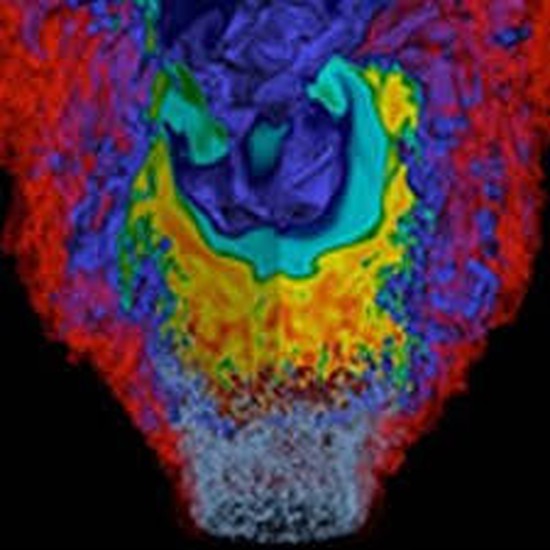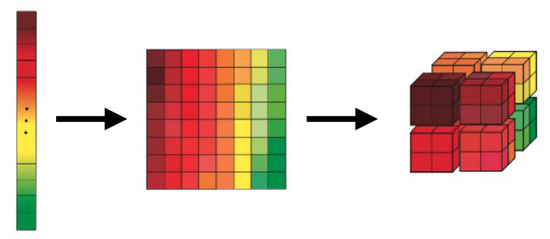$ whoami
Mahesh Lakshminarasimhan is a Ph.D. student at the School of Computing in the University of Utah advised by Prof. Mary Hall. His current research focuses on domain-specific compilers for autotuning ODE solvers in AMReX-based applications (Astrophysics, Combustion, Hydrodynamics) targeted at CPU and GPU-accelerate systems.
He is a research affiliate with the Computational Research Division, Lawrence Berkeley National Laboratory. He collobarates with the Center for Computational Science and Engineering (CCSE). He spent his 2019 summer as a Computer Systems Engineer in the Performance and Algorithms Research (PAR) group mentored by Dr. Samuel W. Williams.
Mahesh received his Master’s degree in Computer Science from Boise State University under the advisement Prof. Cathie Olschanowsky. As a research assistant at ADaPT lab, he analyzed the performance of stencil and tensor computations, and explored their optimization space by developing AdaptMemBench, a configurable application-specific benchmarking framework leveraging the polyhedral model.
Interests
- High-Performance Computing
- Autotuning for Scientific Computing
- Domain-Specific Optimizing Compilers
- Performance Modeling and Analysis
- Hardware/Software Co-design
Education
-
Ph.D. Computer Science, 2019-Present
University of Utah
-
M.S. Computer Science, 2019
Boise State University, Idaho
-
B.Engg. Computer Science, 2016
Anna University, India


